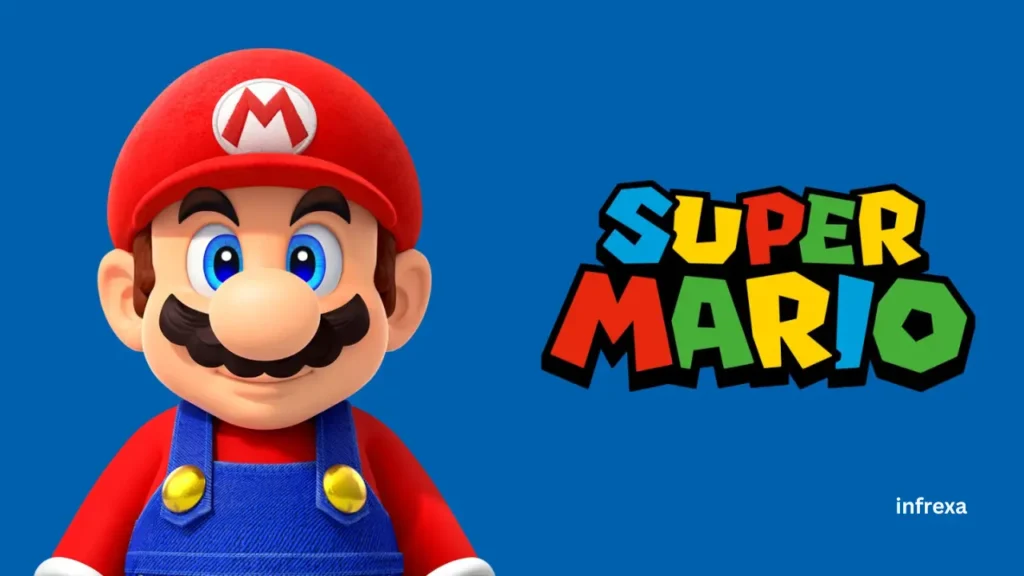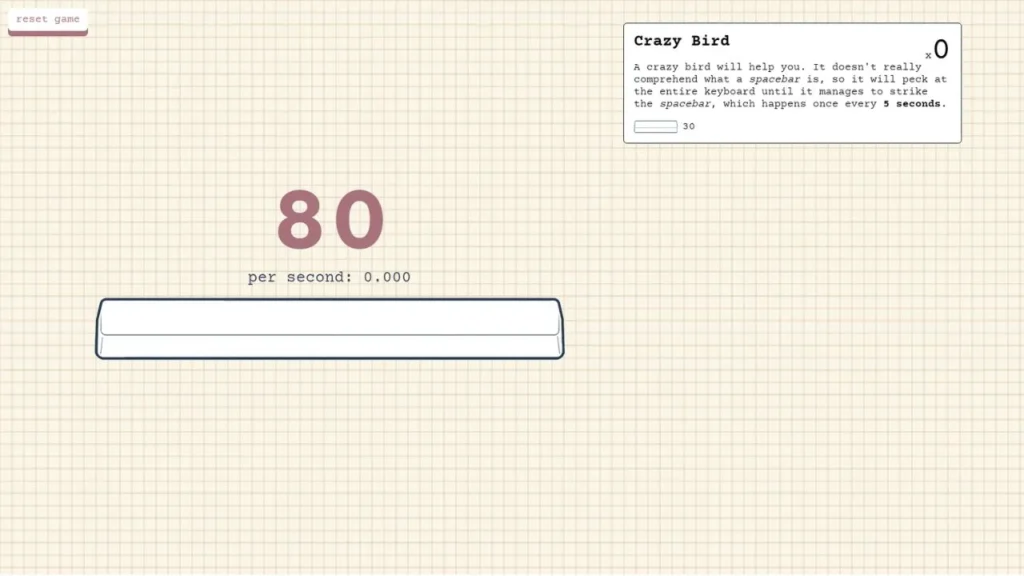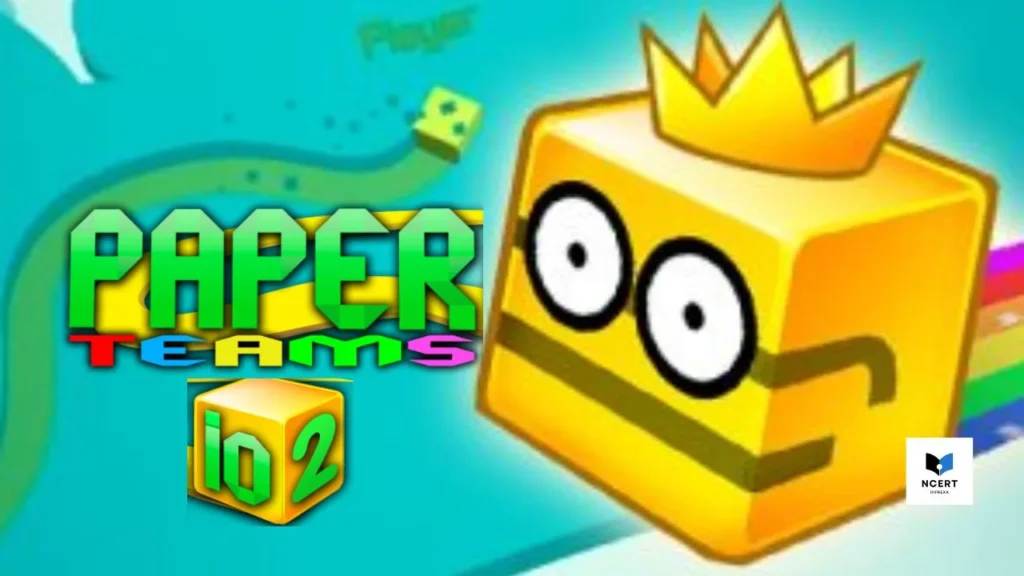Super Mario is a platform game franchise created by designer Shigeru Miyamoto for Nintendo. Starting with Super Mario Bros. in 1985, the series fundamentally defined the platforming genre through its emphasis on kinetic momentum, tactile physics, and the continuous introduction of game-changing movement mechanics and power-ups. Its hallmark lies in being accessible for beginners while offering immense depth for experts and speedrunners.
Key Facts: Super Mario Bros. (1985):
| Creator / Director | Shigeru Miyamoto |
| Publisher | Nintendo |
| Series Starting Point | Super Mario Bros. (September 13, 1985, NES) |
| Principle | Momentum and Variable Jump Control (how long the button is held) |
Movement
The best Mario players understand that the true challenge lies in mastering the subtle physics introduced in each major title. The jump and run controls are simple, but the expert techniques required for competitive play vary significantly between the 2D and 3D eras.
1. The Classic 2D Mechanics (NES, SNES, NSMB Series)
This style relies heavily on horizontal momentum and precise aerial control.
| Technique | Description | My Insight |
| Accelerated Jump | Achieving maximum height and distance requires holding the Run button for a running start, then holding the Jump button for the full duration. | Experienced players keep the Run button pressed constantly to maintain momentum, only releasing it for precision jumps. |
| Shell Tipping (1-Up Farm) | Kicking a Koopa shell onto a staircase and repeatedly bouncing on it for an infinite stream of 1-Up lives. | Not just a trick, this demonstrates frame-perfect alignment between Mario and the shell, key for competitive play. |
| Wall Kick (Starting SNES) | Introduced in Super Mario World, this allows Mario to spring off a wall to gain extra height or change direction mid-air. | Essential for sequence breaking and secret exits. Requires sliding down the wall and instantly jumping away. |
| Spin Jump (SNES) | Allows Mario to drop straight down, break blocks from above, or safely bounce off hazards like Spike Tops. | Used for level-skipping or preserving power-ups by preventing block breakage. |
2. The Modern 3D Mechanics (N64, Sunshine, Galaxy, Odyssey)
The 3D titles introduced chainable movement techniques that make traversal far more dynamic.
| Core Technique | Description | Expert Insight |
| Triple Jump | Three consecutive jumps with precise timing, the third being the highest. | The foundational 3D skill. The timing window is tight, and mastering it allows access to nearly any high platform in the early stages of a game. |
| Ground Pound Jump | Performing a Ground Pound, then immediately jumping as Mario hits the ground, results in a high boost. | In games like Odyssey, this is crucial for height and is often combined with a Cappy dive for maximum distance. |
| Side Somersault | Running one direction, instantly flicking the stick the opposite way, and jumping. | A fast, vertical burst jump used for immediate height without needing the build-up of the Triple Jump. |
| Cappy Dive (Odyssey) | Throwing Cappy (the hat), diving onto it, and then performing a second jump or dive off the hat mid-air. | The ultimate distance trick. Mastering the Cappy-Dive-Jump chain is required for all advanced exploration and many speedrun routes. |
Power-Ups
The Power-Ups are the dynamic core of the Mario experience, dictating both the challenge and the possible solutions within a level.
- Super Mushroom: Increases Mario’s size, allowing him to take one extra hit.
- Fire Flower: Offers the security of long-range projectile attacks (shoot bouncing fireballs), turning aggressive enemies into simple point bonuses.
- The Raccoon/Cape: Defines early exploration. The Raccoon Leaf (Mario 3) allows for limited flight (after a full running start, signified by the P-meter), while the Cape Feather (Mario World) allows for controlled, sustained flight and damage-free landings. Practicing the physics of these items reveals secret exits that are otherwise impossible to reach.
- Super Star: Provides temporary invincibility, allowing Mario to run straight through enemies and obstacles.
- The Reserve Item Slot (Starting SMW): The ability to hold a power-up in reserve (above the screen) is a game-changer. Expert players always reserve a Super Mushroom to prevent an instant death, or they hold a specific utility item (like a Cape) for a later secret.
Safety, Suitability, and Availability
Age Appropriateness
Super Mario is rated E for Everyone by the ESRB. It is one of the most family-friendly franchises in gaming history. The violence is strictly cartoony, involving jumping on enemies or shooting benign fireballs. The gameplay is excellent for developing hand-eye coordination and spatial reasoning.
Legitimate Ways to Play Online
The original misleading advice has been replaced with the legitimate and officially sanctioned methods for playing Super Mario games today:
- Nintendo Switch Online (NSO): This subscription service is the primary and official way to play classic titles, such as Super Mario Bros., Super Mario World, and Super Mario 64, on modern hardware.
- Modern Releases: Games like Super Mario Bros. Wonder offer direct online co-op and asynchronous multiplayer features (like seeing other players’ ghosts).
- Virtual Console/Digital Stores (Legacy): Older systems (Wii U, 3DS) featured games through their digital shops, though Nintendo is gradually discontinuing these systems.
Expert Strategies and Hidden Mechanics
This section details knowledge that separates a casual player from a dedicated enthusiast.
World 1-1: The Hidden Tutorial
The very first level, World 1-1, is a masterclass in level design by Shigeru Miyamoto, subtly teaching the player the game’s mechanics without needing text:
- Goomba: Teaches the player to jump on enemies.
- First? Block: Requires a jump to activate, yielding the Super Mushroom, which introduces the Super Mario state and the concept of a “hit point.”
- Multiple Goombas: Encourages the player to learn the Dash/Run ability to clear groups efficiently.
Secrets That Define the Game
The design encourages curiosity, concealing essential shortcuts and cheats:
- Warp Zones: Levels like 1-2 and 4-2 contain secret routes (often via invisible blocks leading to beanstalks or by running across the top of the level) that grant access to Warp Zones, allowing the player to skip ahead by several worlds.
- The Infinite 1-Up Trick: The infamous trick in World 3-1 (and other staircases) where a player uses the momentum of a Koopa shell rebounding off a step to bounce on it repeatedly, netting dozens of extra lives. Mastering this trick is a key part of competitive play.
- Hidden Item Blocks: Many plain brick blocks contain hidden items (like 1-Up Mushrooms or Vines to secret coin rooms) that only appear if Mario hits the correct, often unmarked, location.
- Secret Exits: Levels in Super Mario World containing hidden keyholes that unlock alternate paths and new worlds (like the Star World). Finding these is the only way to achieve 100% completion and demonstrates true knowledge of the level design.
- The Minus World: The infamous glitch world in the original Super Mario Bros. A classic piece of gaming history, reachable only by precise glitch execution in World 1-2.






